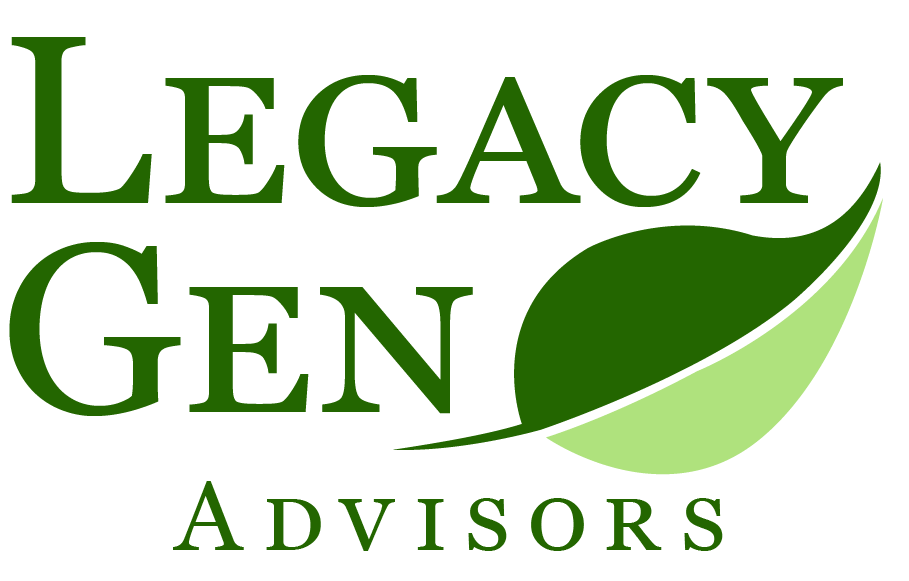Medicare open enrollment is an annual event that allows beneficiaries to evaluate and change their Medicare coverage. For many, it’s a chance to reassess needs, adjust based on health changes, or even save money. One vital aspect of this review is ensuring that your drug coverage is both cost-effective and comprehensive. As prescriptions change, so too can the list of drugs covered by Medicare plans. This article will guide you on preparing for the upcoming Medicare open enrollment and emphasize the importance of reviewing your drug coverage.
Understanding the Basics: When is Medicare Open Enrollment?
Medicare open enrollment, often called the Annual Enrollment Period (AEP), runs from October 15 to December 7 each year. During this time, beneficiaries can:
1. Change from Original Medicare to a Medicare Advantage Plan.
2. Switch from a Medicare Advantage Plan back to Original Medicare.
3. Switch Medicare Advantage Plans.
4. Join, switch, or drop a Medicare Prescription Drug Plan.
Changes made during this period will take effect on January 1 of the following year.
Steps to Prepare for Medicare Open Enrollment:
1. Assess Your Current Coverage and Needs: Before the AEP begins, take a moment to assess your current health and prescription needs. Has anything changed in the last year? Do you anticipate any surgeries, treatments, or new medications in the coming year?
As we age or face new health challenges, the reality is that our medical needs can change, sometimes unpredictably. If health concerns are beginning to loom larger in your life, it’s more important than ever to select a Medicare plan that provides robust coverage now and remains affordable in the future. While it’s easy to focus on present-day expenses, anticipating your future needs is paramount. Once certain health conditions set in or if your health deteriorates, changing plans or finding a new plan with comparable benefits at a reasonable cost may become more challenging. Therefore, when considering your options during open enrollment, it’s wise to factor in both your current health situation and potential future needs. This foresight can provide peace of mind and ensure you have comprehensive support no matter what health challenges you might face down the road.
2. Review the Annual Notice of Change: If you’re currently enrolled in a Medicare Advantage or Prescription Drug Plan, you’ll receive an Annual Notice of Change (ANOC) from your provider in September. This document will detail any changes to your plan, including premium costs, deductibles, or changes to the list of covered drugs (known as a formulary).
3. Gather Your Medications: Create a list of all your current medications, including dosages and how often you take them. This list will be invaluable when checking whether a drug plan covers your medications.
The Importance of Reviewing Your Drug Coverage:
Medicare Part D, whether you have it through Original Medicare or as part of a Medicare Advantage Plan, provides coverage for prescription drugs. However, not all drugs are covered, and the level of coverage can change yearly. Here’s why it’s crucial to review:
1. Changes in the Formulary: Insurance companies can change their formularies each year. A medication covered this year might not be covered next year, or it might be shifted to a different tier, affecting your out-of-pocket costs.
2. New Medications: If your doctor prescribes a new medication, it’s essential to check if it’s covered and under which tier. This can significantly influence your annual drug costs.
3. Opportunity to Save: By annually reviewing your drug coverage, you might find other plans that offer the same or better coverage at a lower cost. Given that drug prices can fluctuate, and insurance companies negotiate different deals each year, what was once the best plan for you might not be the most cost-effective option now.
Using the Medicare Plan Finder:
One of the best tools available to beneficiaries during the AEP is the Medicare Plan Finder at medicare.gov. By inputting your zip code, current plan, and list of medications, you can compare all available plans in your area. This comparison will include estimated annual drug costs, which can help you choose the most cost-effective plan for your needs.
Seek Assistance if Needed:
Medicare decisions can be complex, especially when weighing the nuances of drug coverage. If you’re uncertain or overwhelmed, don’t hesitate to seek assistance. Local agencies often provide Medicare counseling services, and the State Health Insurance Assistance Program (SHIIP) offers unbiased advice.
Consulsion:
Open enrollment is more than just a date on the calendar; it’s your annual opportunity to ensure you’re getting the most out of Medicare. By taking the time to review your drug coverage and assess your needs, you can potentially save money and ensure you have comprehensive coverage for the year ahead. Remember, your health and financial well-being are intertwined. Make the effort to review, adjust, and ensure you’re set for a healthier, more secure future.

